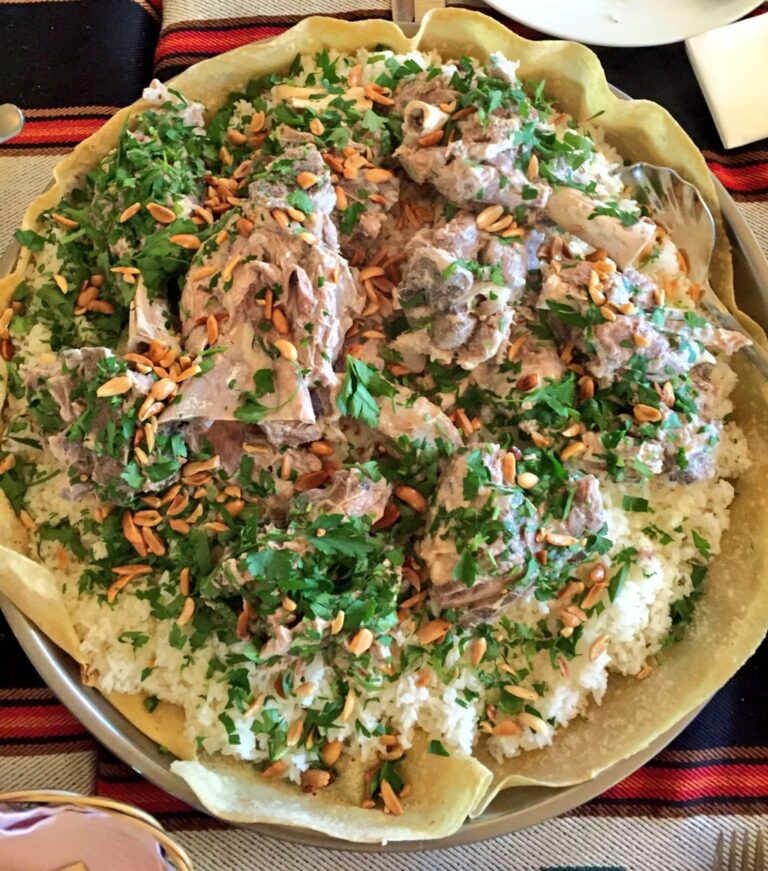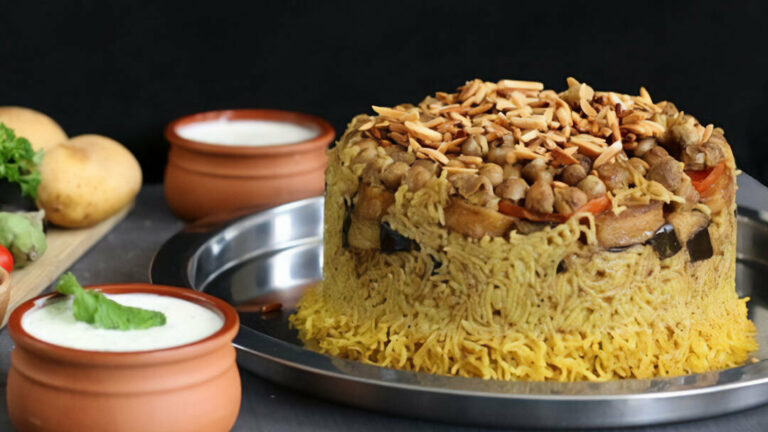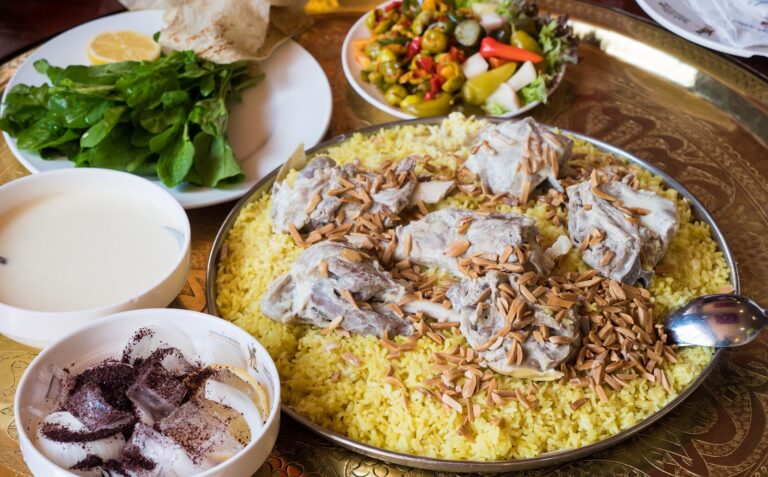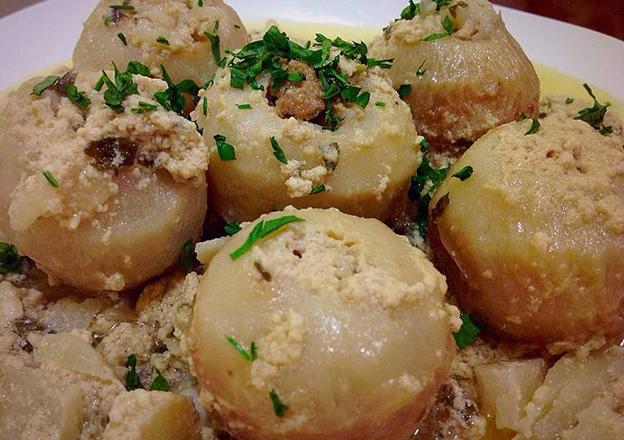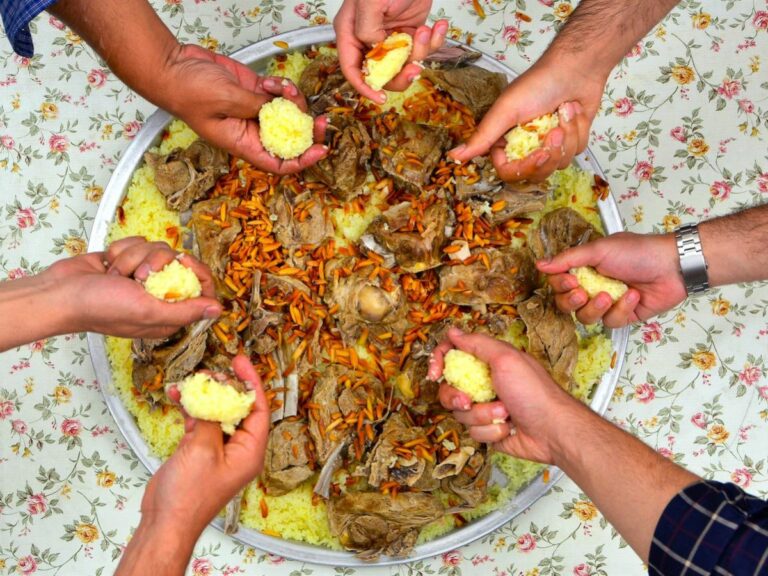Introduction: Jordanian cuisine
Jordanian cuisine is a blend of Mediterranean and Middle Eastern flavors with a unique twist. Jordanian food is known for its diverse and rich flavors, which are a result of the country’s history and geographical location. It is a cuisine that is deeply rooted in tradition, with many recipes passed down through generations.
Religious and cultural influences
Jordan is a country with a diverse population, and its cuisine reflects that diversity. The country’s food has been influenced by various cultures and religions over the years, including the Bedouin, Ottoman, and Levantine cultures. Moreover, the food in Jordanian culture is often shared and enjoyed with loved ones, making it an integral part of their social and cultural traditions.
Common ingredients in Jordanian dishes
Jordanian cuisine is heavily reliant on fresh ingredients such as vegetables, fruits, and herbs. Common ingredients in Jordanian dishes include lamb, chicken, rice, bulgur, chickpeas, and lentils. Jordanian cuisine also incorporates a wide variety of spices, such as cumin, coriander, and cardamom, which add depth and complexity to dishes.
Dietary restrictions for Muslims
Jordan is an Islamic country, and dietary restrictions for Muslims are observed. The most significant restriction is the prohibition of pork, which is considered an impure animal in Islam. Another restriction is the requirement to consume halal meat, which is prepared according to Islamic law. Halal meat must be slaughtered in a specific way, with the animal facing Mecca, and the person performing the slaughter must recite a prayer.
Dietary restrictions for Christians
Christians in Jordan also observe certain dietary restrictions, particularly during religious festivals. For example, during lent, many Christians in Jordan abstain from animal products, including meat, dairy, and eggs. Some Christians in Jordan also avoid consuming alcohol.
Conclusion: a rich and diverse cuisine
Jordanian cuisine is a unique blend of Mediterranean and Middle Eastern flavors, with a rich history and cultural significance. The cuisine’s diversity is a result of the country’s geographical location and the influence of various cultures and religions. Dietary restrictions for both Muslims and Christians are observed, but Jordanian cuisine remains a rich and flavorful experience that can be enjoyed by all.

